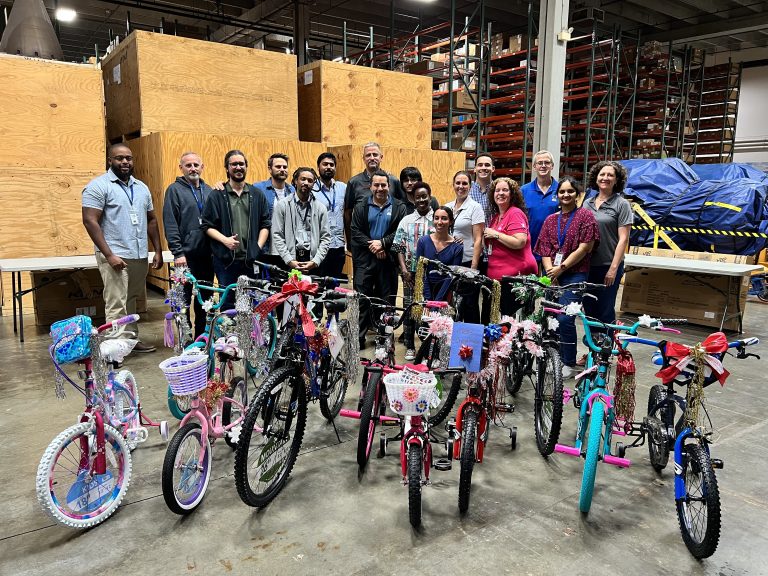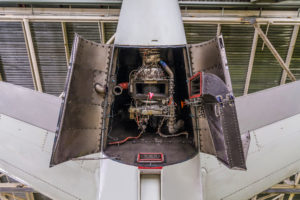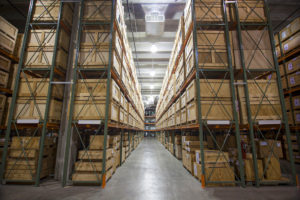
Aircraft Finance in a Post-Covid World – What Does the Future Hold for Aircraft Leasing & Finance? / by Marc Cho
Author: gatelesis
After several years of substantial and often aggressive capital entering the aircraft finance and leasing market, many wonder what the aircraft finance market will look like in a post-Covid world?
The bond market for new aircraft Asset-Backed Securitization (ABS) deals is closed for 2020, and many agree it will be closed for 2021. To gain some perspective for the size of the vacuum that will create: there have been over 40 commercial aircraft ABS transactions issued since 2017, financing over 1,100 aircraft with an average age of around 11 years at issuance. Cleary, the ABS market has been a substantial financing source for mid-life and older aircraft, supporting considerable trading activity in the aircraft leasing market.
When the capital markets eventually reopen for aircraft ABS, the initial transactions will most likely have to focus on younger equipment, with longer leases, at stronger credit quality airlines that satisfy rating agency scrutiny and attract investor interest. New ABS for mid-life and older aircraft will probably take longer to become available as bond investors regain confidence in this subset of the asset class. The absence of ABS as a source of financing will leave a substantial gap in the market for lessors and investors that relied on these structured transactions to support portfolio growth for buyers and trading activity for sellers.
We have already seen distress in the aviation market and the additional challenges we can expect over the next two to three years. Some asset managers may struggle to even deliver the “downside” scenario in certain ABS models crafted over the past three to four years. Investors will gain firsthand experience with the underlying risk and costs of aircraft leasing, such as airline fleet reductions, accelerated retirements, maintenance exposure, reconfiguration expenses, transition costs, and lease rate volatility that can quickly exhaust liquidity and destroy yield. Depth, scope, and reach will be critical differentiators for industry participants to just survive through this crisis; with the power of the GA Telesis Ecosystem, we are looking forward to accelerated growth as we head into the next cycle.
Going forward, aircraft investors and lessors will need to look to more conventional secured debt from banks and alternative lenders to finance acquisitions. Unfortunately, in the current environment, most aviation lenders have significantly reduced or completely halted any new aircraft finance activity, especially for mid-life and older aircraft. The frustration for many loan origination teams is that negotiating power has tilted back to the debt providers for the first time in many years. Lenders can be selective on collateral, loan advance, amortization, counterparty risk, and other features given the current lack of liquidity in the market, particularly for mid-life and older assets.
The challenge will be valuing collateral and underwriting risk in such a volatile environment. Institutions that have access to real market data and values, or those aligned with organizations that do, will generate impressive loan opportunities that currently idle competitors will envy, once some normalcy returns to the market. GA Telesis’ funding partners have the benefit of real market data and asset values generated through our comprehensive aviation Ecosystem to support our investment and financing activities.
Although the typical and safe reaction for lenders is to pull back in times of crisis, the next few years will be an excellent opportunity for smart lenders with differentiated underwriting capabilities. The banks that were actively building and expanding their loan books after 9/11 experienced significant growth and attractive yields, which I was able to experience firsthand during my time in banking. This is another once-in-a-decade opportunity for those brave enough to lean into the headwinds and smart enough to navigate through the storm.












